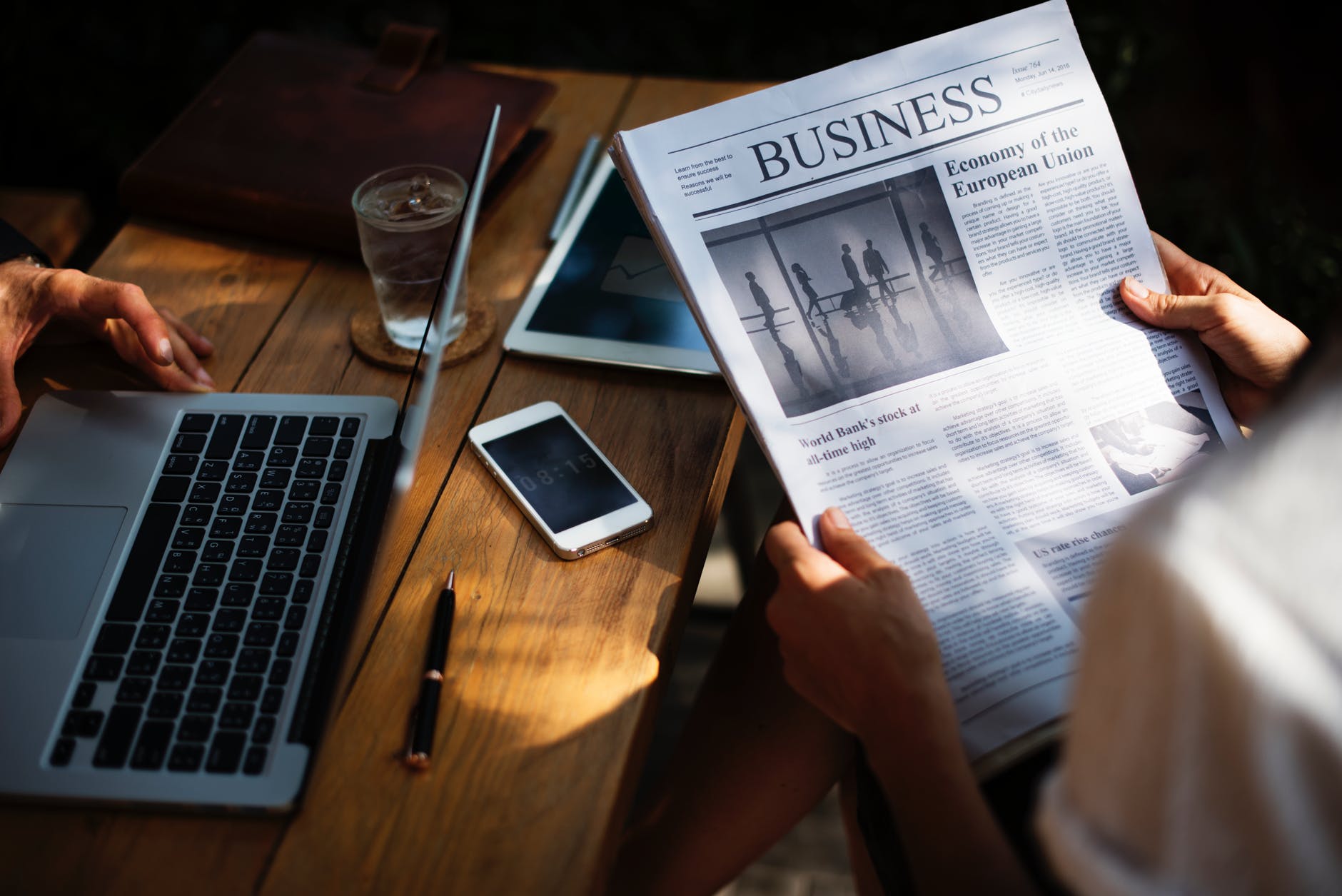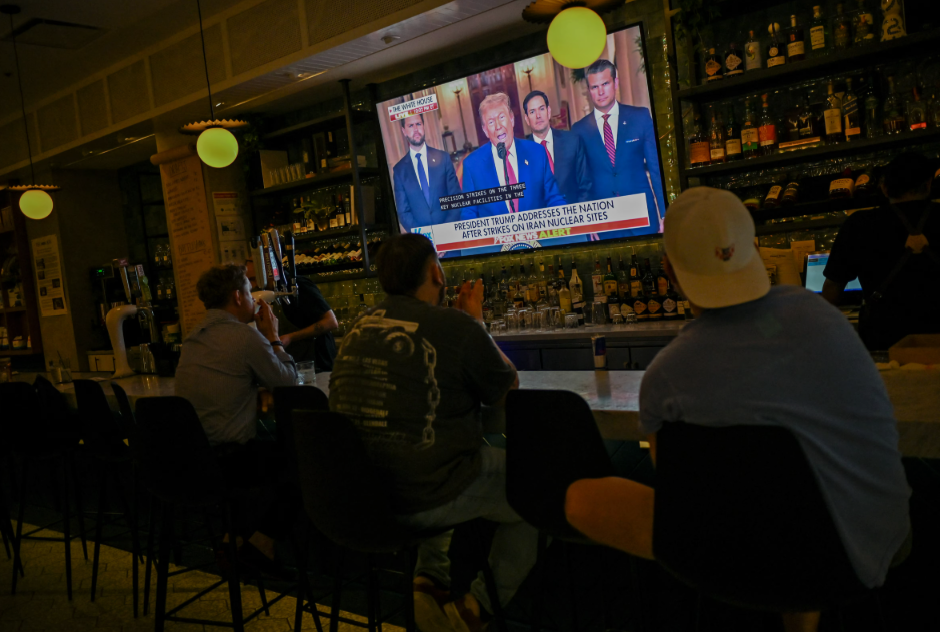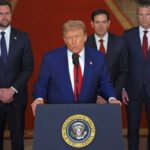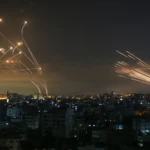The United States’ massive overnight strike on Iran’s nuclear facilities—one of the most significant military escalations in the Middle East in years—has triggered global alarm, diplomatic fallout, and rising concerns over the possibility of broader regional war.
President Donald Trump ordered the airstrikes late Saturday, targeting Iran’s Fordow, Natanz, and Isfahan nuclear facilities in what the Pentagon dubbed “Operation Midnight Hammer.” The US says the strikes had the “desired effect,” but top officials, intelligence analysts, and international watchdogs say it’s still too early to determine how much of Iran’s nuclear capability was truly dismantled.
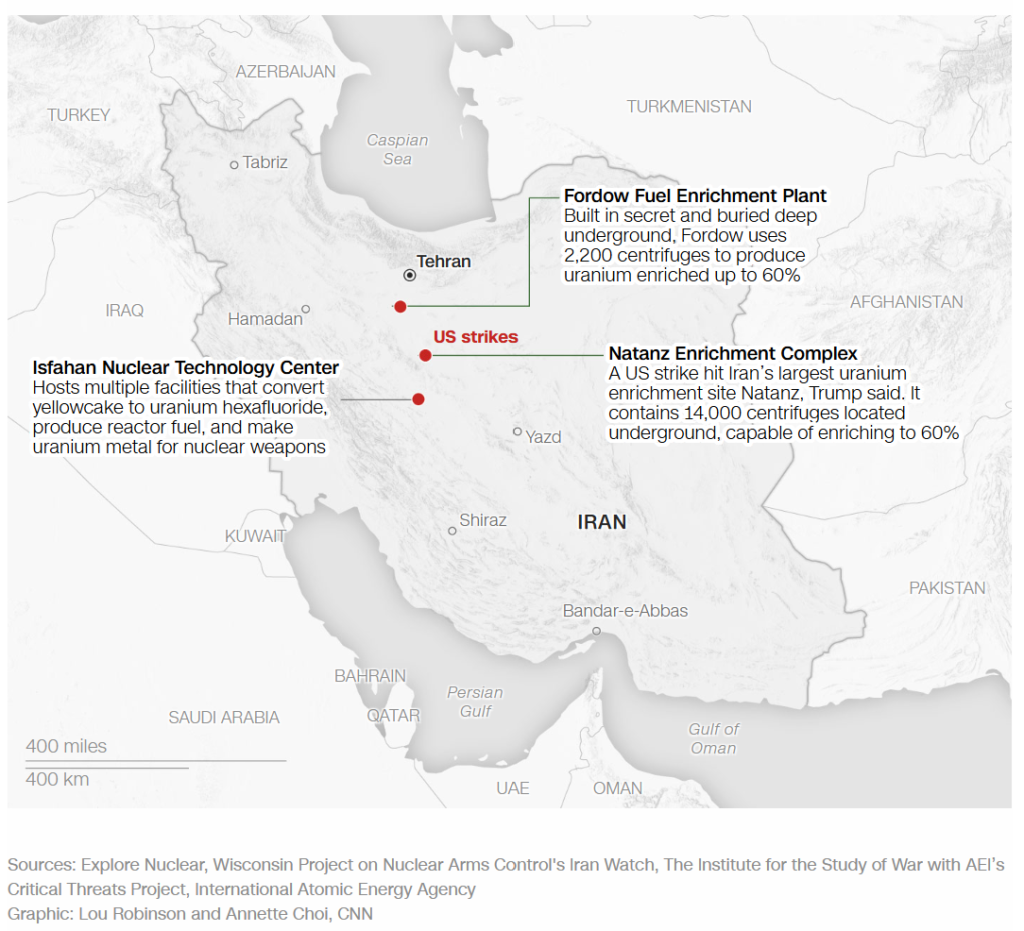
Defense Secretary Hegseth: “We Devastated the Iranian Nuclear Program”
Speaking at the Pentagon on Sunday, Defense Secretary Pete Hegseth declared the mission a “spectacular military success”, stating the operation was executed with “precision and overwhelming force.”
“The order we received from our commander-in-chief was focused, powerful, and clear,” Hegseth said. “Thanks to President Trump’s bold and visionary leadership, Iran’s nuclear ambitions have been obliterated.”
Hegseth emphasized that US forces did not target Iranian troops or civilians, calling the strike a limited action focused only on nuclear capabilities. However, he cautioned Iran and its proxies not to retaliate:
“It would be a very bad idea for Iran or its proxies to attempt to attack American forces.”
While Hegseth claimed that the underground Fordow facility had been hit hard, he acknowledged that full battle damage assessments are still ongoing, especially for deeply buried infrastructure.
Doubts Over Effectiveness
Despite Trump’s claims that the sites were “totally obliterated,” some US officials and lawmakers remain sceptical. Analysts note that Iran’s enrichment capabilities—especially at Fordow and Natanz, which are buried deep underground—may have survived due to advanced bunker shielding.
- Gen. Dan Caine, Chairman of the Joint Chiefs of Staff, cautioned: “Way too early to comment on whether Iran retains nuclear capabilities.”
- Intelligence officials are trying to determine if Iran moved its uranium stockpiles ahead of the strike. One US lawmaker said bluntly, “Iranians aren’t idiots. If Trump was public about Fordow, they had time to hide the key assets.”
- Without boots on the ground, verifying damage remains extremely difficult. Satellite imagery confirms extensive surface-level destruction—especially at Isfahan—but underground status remains unclear.
Global Reactions and UN Alarm
UN Secretary-General António Guterres warned the strikes represent “a perilous turn in a region that is already reeling.” In an emergency Security Council meeting, he said, “We now risk descending into a rat hole of retaliation after retaliation.”
Several world leaders echoed Guterres:
- UK, France, and Germany (E3) called on Iran to return to negotiations, emphasizing that “Iran must never have a nuclear weapon.”
- China condemned the US attack, calling it a violation of international law and “a serious escalation.”
- Russia accused the US of starting a “dangerous round of escalation,” while Turkey warned the region faces “catastrophic consequences.”
- The European Commission urged Iran to “engage in a credible diplomatic solution.
- Gulf Arab allies of the US — Qatar, Saudi Arabia, and Kuwait — issued statements condemning American involvement and called for urgent de-escalation and a return to diplomacy. All three urged restraint to avoid deepening the region’s instability.
Iran’s Response and Warnings
Iran’s leadership has not yet issued a full military response, but has promised that retaliation “will cause deep regret.”
Furthermore, Iranian Foreign Minister Abbas Araghchi arrived in Moscow on Sunday to consult with President Vladimir Putin following the US strikes. Russia condemned the attacks as a “flagrant violation of international law” and warned they risk triggering a dangerous escalation.
- Ali Shamkhani, top adviser to Supreme Leader Khamenei, said: “Even if our sites are destroyed, the game is not over. The knowledge and will remain intact.”
- Iran’s foreign minister called the US strike a “very big red line,” and Tehran formally requested a UN Security Council emergency meeting.
- President Masoud Pezeshkian attended mass protests in Tehran, where crowds chanted “Down with the USA, down with Israel.”
- Meanwhile, Iranian media report nine security personnel and generals were killed in parallel Israeli strikes on military sites across Iran.
Israel’s Role and Continued Campaign
Israel’s military continues its parallel offensive, confirming strikes on Bushehr, Yazd, and Ahvaz, targeting missile launch sites and strategic military infrastructure.
- IDF Chief of Staff Eyal Zamir said Israel “still has targets to strike” and will continue operations “as long as necessary.”
- President Isaac Herzog called Trump’s action “bold and historic” and claimed the US strikes “could shift the Middle East toward a better future.”
US Internal Fallout and Constitutional Debate
Trump’s decision has sparked major controversy at home, with critics calling it unconstitutional:
- Rep. Thomas Massie warned the GOP could “lose the House majority” over this strike.
- Sen. Tim Kaine and Rep. Ro Khanna are pushing a War Powers Resolution to limit Trump’s authority.
- Rep. Jim Himes, top Democrat on the House Intelligence Committee, said the strikes “could inspire a hornet-mad regime to sprint toward nuclear weapons.”
However, supporters like Vice President JD Vance insisted: “We are not at war with Iran. We are at war with Iran’s nuclear program.”
Cyber & Terror Threats Rise
Homeland Security warned of “a heightened threat environment” in the US, citing possible lone-wolf attacks and pro-Iranian cyber strikes.
- Former Secretary of State Mike Pompeo warned Iran could activate “sleeper cells” in the US or Europe.
- Cities like New York, LA, and Washington, DC have ramped up security near synagogues and federal buildings.
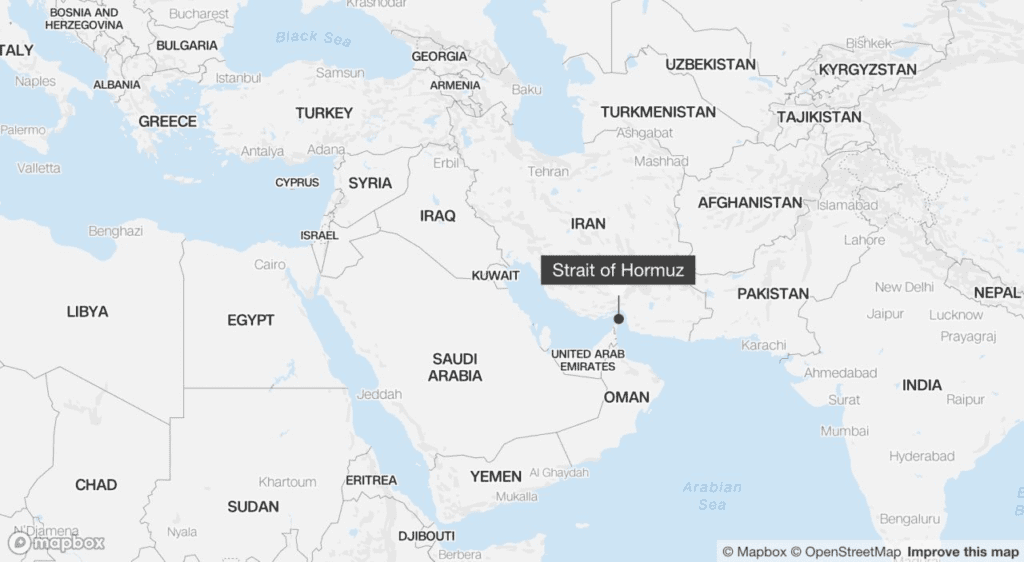
What Comes Next?
The world now waits for Iran’s next move. While no retaliation has occurred yet, analysts say Tehran could respond with asymmetric warfare—via cyberattacks, regional proxy attacks, or even terrorism abroad.
US Secretary of State Marco Rubio called on China to pressure Iran to keep the Strait of Hormuz open, warning that closing the vital oil route would be for Tehran and hurt China most. He said any move to mine the strait would prompt a “massive escalation” with global consequences.
UN nuclear chief Rafael Grossi said initial imagery suggests “significant damage” at Fordow, but a full assessment is still underway. Meanwhile, Trump has warned that “any retaliation will be met with overwhelming force.”
This is a volatile turning point in US-Iran relations. Despite heavy bombing, the long-term effectiveness of the strikes remains unclear, and the risk of wider war looms large.
As Guterres warned: “The people of the region cannot endure another cycle of destruction. Yet we are now on that path.”
Related: US Hits Iran’s Nuclear Sites — Iran Strikes Back as War Escalates
